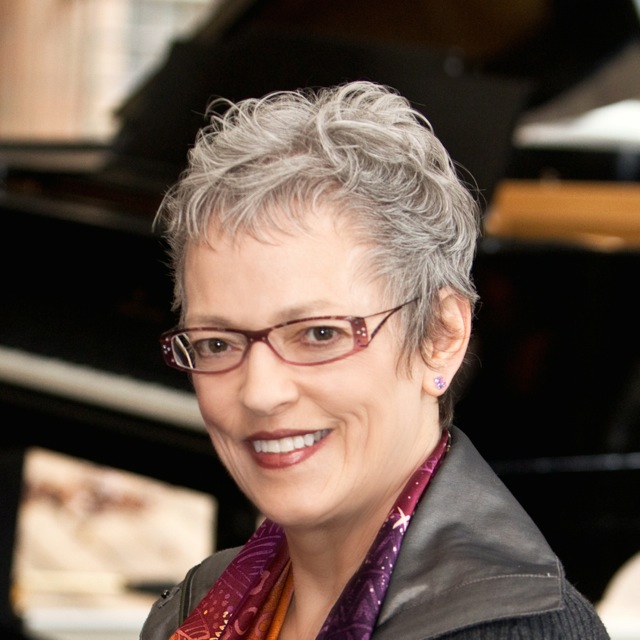cindy mctee
CIRCLE MUSIC I-IV
1988
6-8 minutes
for information, perusal materials, sales, or rental, please visit
Circle Music is indeterminate with respect to form, requiring the performers to make spontaneous decisions as to which of approximately 15 musical fragments will be heard at any given moment. The order of events and the resulting relationships between the two parts are therefore different each time the piece is performed. Continuity is achieved by occasional imitation between the parts as well as the consistent use of the octatonic scale (C, C#, D#, E, F#, G, A, Bb) and a recurring C-major triad in the base register of the piano.
Cindy McTee, who is married to conductor Leonard Slatkin, studied with Krzysztof Penderecki in Poland. In 1988, she wrote Circle Music, giving it no specific form. It is based on the presenta- tion of musical fragments in an order to be determined by the players. Thus, this delightful piece can vary completely with the artists who perform it.
Maria Nockin
Fanfare––––––––––––––––––––––––––––––––––––––
The most novel piece is Cindy McTee’s ‘Circle Music III’. Composed in a quasi-aleatoric style, fragments of phrases or musical cues are given to each performer, serving as the basis for what you might call a “choose your own adventure” type of composition. Although McTee is specific about how musicians should perform it, executing its performance with spontaneity means that no performance will ever be the same.
Schwartz
American Record Guide––––––––––––––––––––––––––––––––––––––
Cindy McTee's "Circle Music IV," for horn and piano, is a thought-provoking piece centered on the soothing sonority of an ever-present major chord, over which dissonances freely surface.
David Abrams
Syracuse Herald-Journal––––––––––––––––––––––––––––––––––––––
. . . a thing of haunting beauty.
Scott Cantrell
The Dallas Morning News

